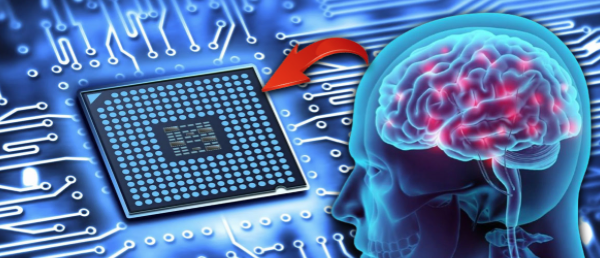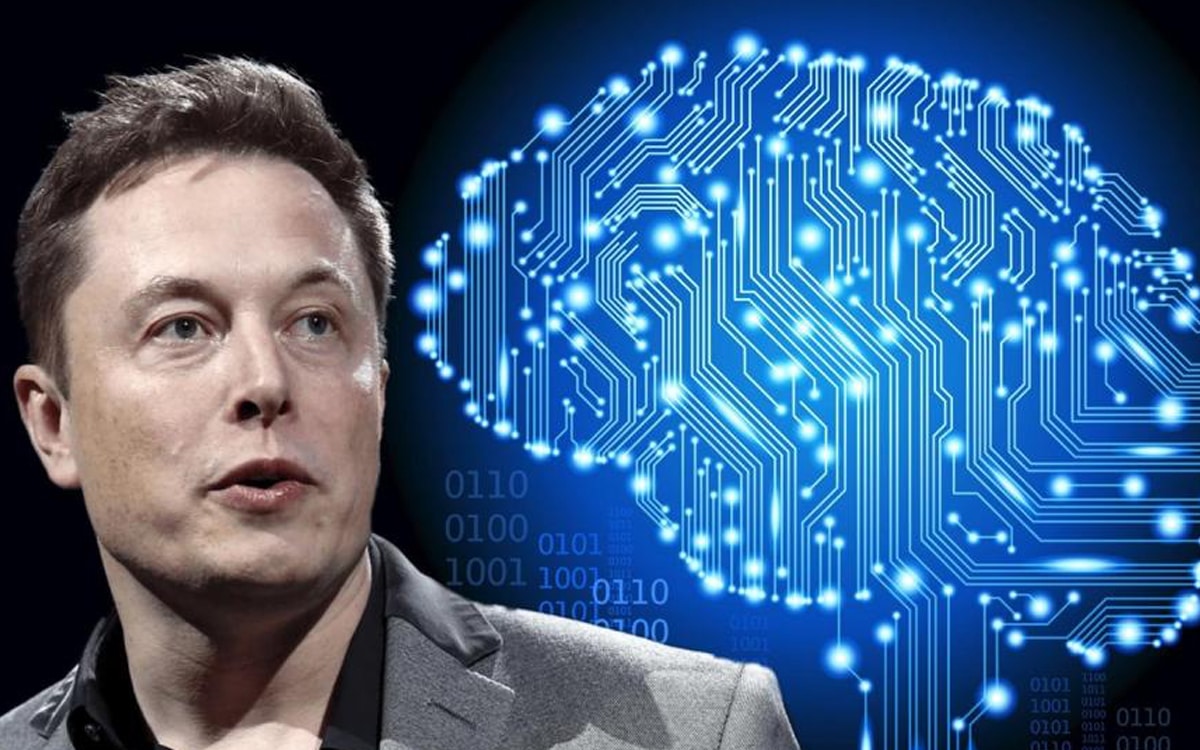Neuralink: Mister Tesla is now autopiloting the human brain

Last Updated on June 12, 2023 by Joseph Gut – thasso
June 12, 2023 – Elon Musk (Mister Tesla) has many ambitious plans that don’t always work out. He’s a tech nerd, he’s extremely rich, and yes, he’s behind Tesla, SpaceX, and more recently, Neuralink too. In the age of fake news, Elon Musk has now announced that the company he  founded, Neuralink, has received approval from the US authorities to test computer chips in the human brain. He says he is able to announce that Neuralink has received FDA approval to begin our first human clinical trial. This FDA approval is an important first step. and means nothing other than that his startup Neuralink is now allowed to test implanted chips in the human brain in the next step. The goal is that thoughts can communicate directly with computers and vice versa. However, these latest reports appear to be premature wishful thinking, as to date (June 2023) there is no clear approval of a brain chip for human clinical trials by the American Food and Drug Administration (FDA), nor is there any pending or ongoing official registry clinical trials at ClinicalTrials.com a corresponding study by Neuralink can be found.
founded, Neuralink, has received approval from the US authorities to test computer chips in the human brain. He says he is able to announce that Neuralink has received FDA approval to begin our first human clinical trial. This FDA approval is an important first step. and means nothing other than that his startup Neuralink is now allowed to test implanted chips in the human brain in the next step. The goal is that thoughts can communicate directly with computers and vice versa. However, these latest reports appear to be premature wishful thinking, as to date (June 2023) there is no clear approval of a brain chip for human clinical trials by the American Food and Drug Administration (FDA), nor is there any pending or ongoing official registry clinical trials at ClinicalTrials.com a corresponding study by Neuralink can be found.
So what’s in Neuralink? Neuralink is an American neurotechnology company founded in 2016 by Elon Musk and eight other investors. It intends to produce so-called Brain Computer Interfaces (BCIs) that will connect the human brain to a computer. So far, AI, machine learning,  big data, VR, AR and bio-technology handled by external devices in such processes as a medical science field are collectively considered as the future-shaping technologies with the most innovation potential. But what if there is another area of research? One that allows us to fully merge with computers? In this post, we look at how Elon Musk hopes to turn that vision into reality with Neuralink.
big data, VR, AR and bio-technology handled by external devices in such processes as a medical science field are collectively considered as the future-shaping technologies with the most innovation potential. But what if there is another area of research? One that allows us to fully merge with computers? In this post, we look at how Elon Musk hopes to turn that vision into reality with Neuralink.
What if these devices were actually a part of our body and we could control them with our minds? This is where Neuralink comes in. Our brain contains a complex network of approximately 86 million nerve cells called neurons or gray matter. You can think of this web as a giant tangle of cables, all linked together. This network of millions of cables has a common connection to another very thick cable in our spine. For example, if you want to move your arm, the wiring within your brain sends an electrical impulse to the thick cable in your spine in an incredibly short time. This cable in turn, sends the signal to the muscles in your arm, resulting in movement. These electrical impulses can be made visible by electrodes.

This is where Neuralink comes in. To get a much more accurate picture of the electrical signals in our brain, Neuralink developed a brain-implantable chip called “Link”. This chip is connected to 1,024 electrodes via microscopic threads, which are about 10 times smaller than a human hair. The chip receives the electrical signals via electrodes and converts them into binary code. This code can be sent to a computer via Bluetooth, which allows us, for example, to move a mouse or a bionic arm.
To date, Neuralink has only conducted tests on animals. The company recently published a YouTube clip entitled “Mind Pong”. In this clip, Page the monkey, who has two Neuralink implants, plays a game of pong with his mind. You can find the video here. This video is considered groundbreaking because most of the time, effective studies in monkeys are needed to get permission for human trials. If, at the end of the day, Neuralink were to be granted market entry with medical brain chips in the human sector, many different patient groups could potentially benefit from the technology. Completely paralyzed people could use computers and thus find their way around in everyday life better. Applications for those affected by Alzheimer’s, Parkinson’s or epilepsy are also conceivable. People with prostheses could also use a link to control them better and even regain their sense of touch. And above all, fathers could use their PCs / cell phones to manipulate and autopilot their implanted children as they see fit. An ethical question is allowed: Do we really want that as a society?
Find a short sequence on Elon Musk and Neuralink here (there remain a couple questions about approval by health authorities though, and Mister Musk does not decide upon this; he will have to provide validated clinical studies even though being Mister Tesla):
Disclaimer: The images and/or videos (if any) on this blog may be copyrighted. All rights remain with the owner of these rights.






The Neuralink company has now by January 2024 successfully implanted one of its wireless brain chips in a human for the first time. Initial results detected promising neuron spikes or nerve impulses and the patient is recovering well, Mr. Tusk, the mind and driver behind Neuralink said.
Mr Musk’s company was given permission to test the chip on humans by the FDA in May 2023, a critical milestone after earlier struggles to gain approval. Here, a first patient was at the start of a six-year study during which a robot is being used to surgically place 64 flexible threads, thinner than a human hair, on to a part of the brain that controls “movement intention”, according to Neuralink.The company’s goal is to connect human brains to computers and it says it wants to help tackle complex neurological conditions.
The company says that these threads allow its experimental implant – powered by a battery that can be charged wirelessly – to record and transmit brain signals wirelessly to an app that decodes how the person intends to move. The company with its firs treated (implanted) patient has just begun the long clinical development path that shall eventually result in a product named Telepathy, enabling control of your phone or computer, and through them almost any device, just by thinking.